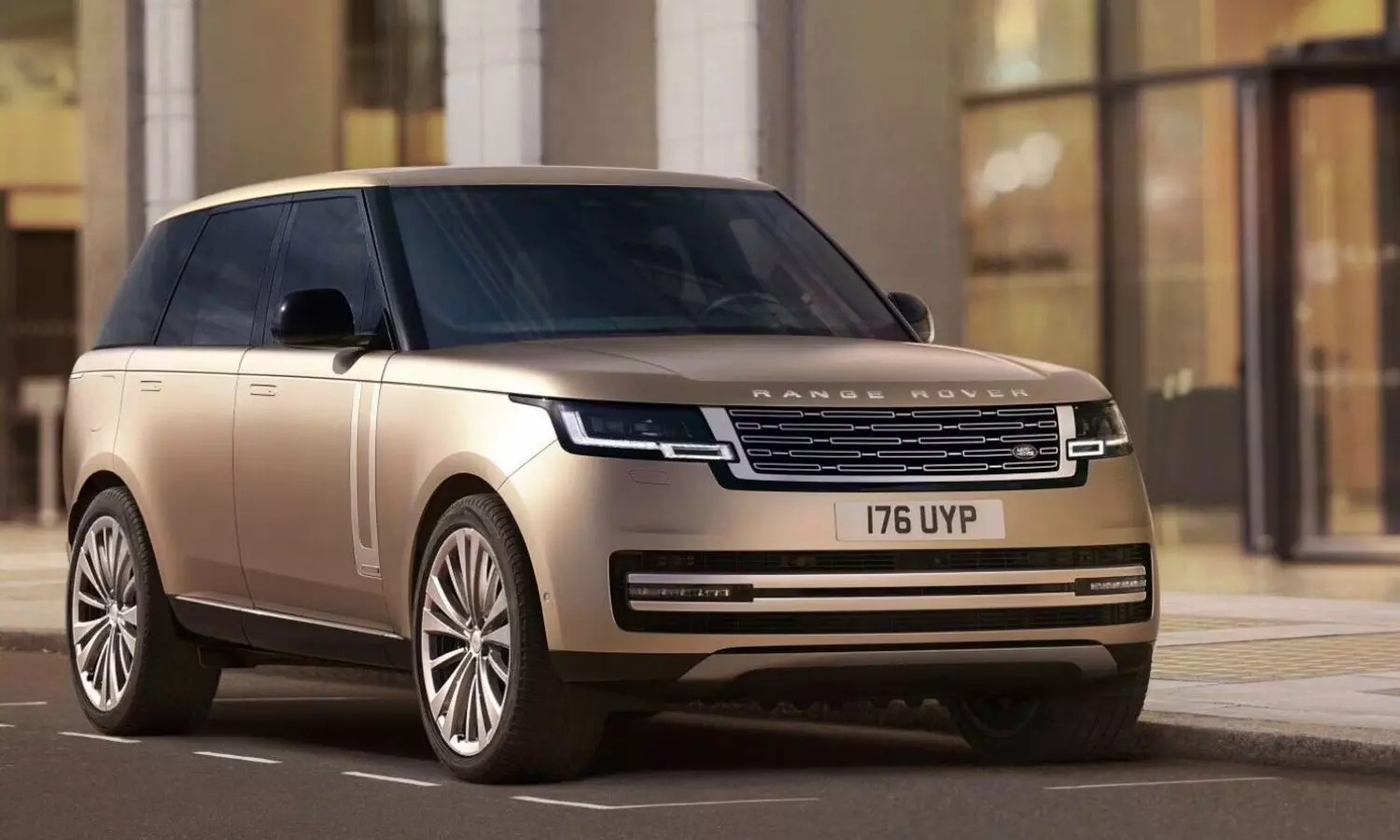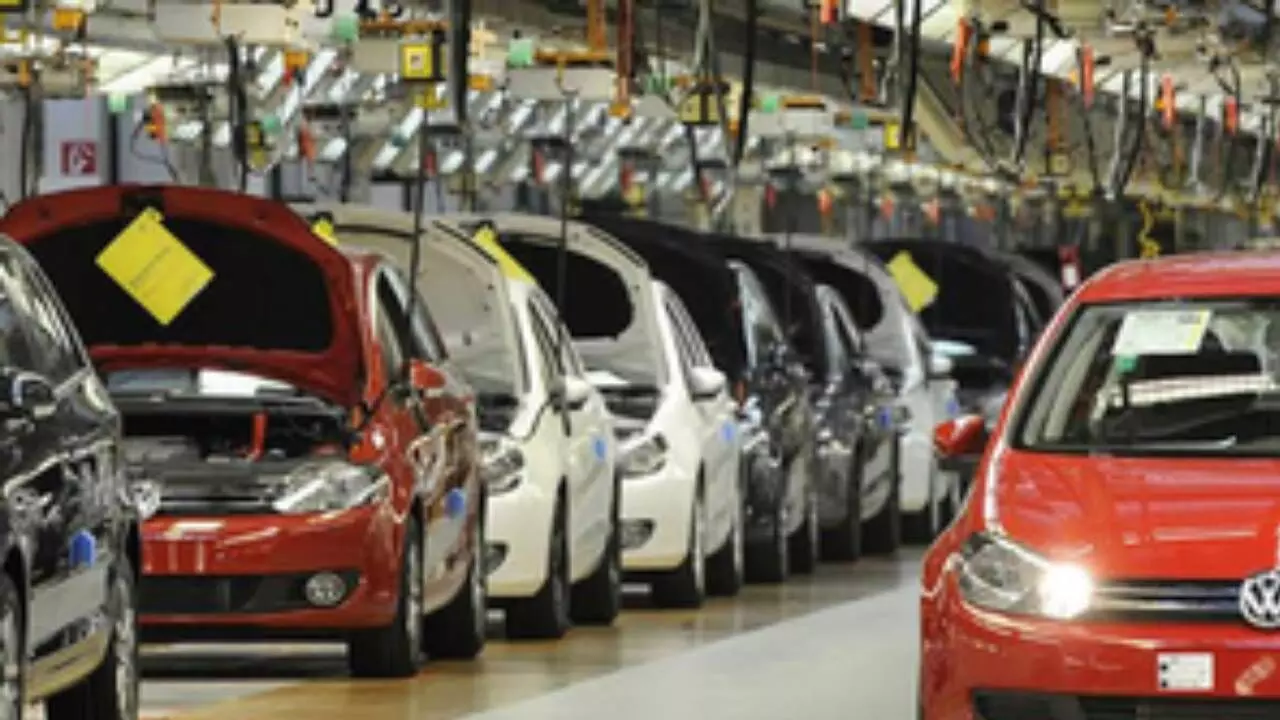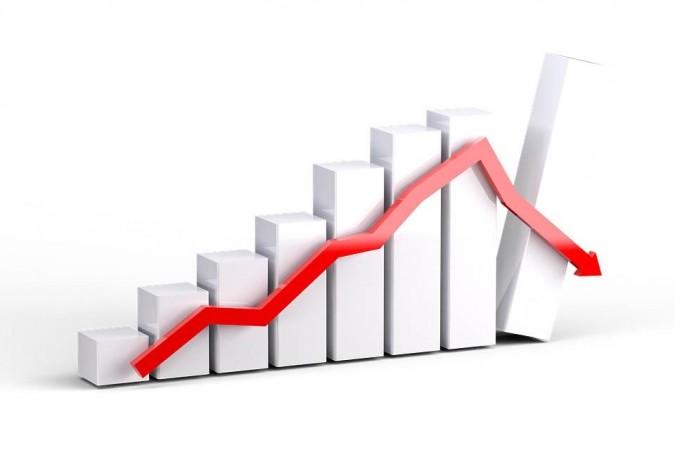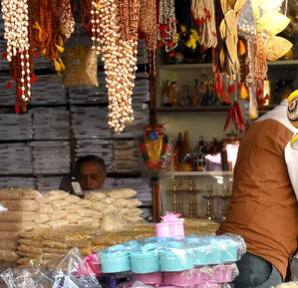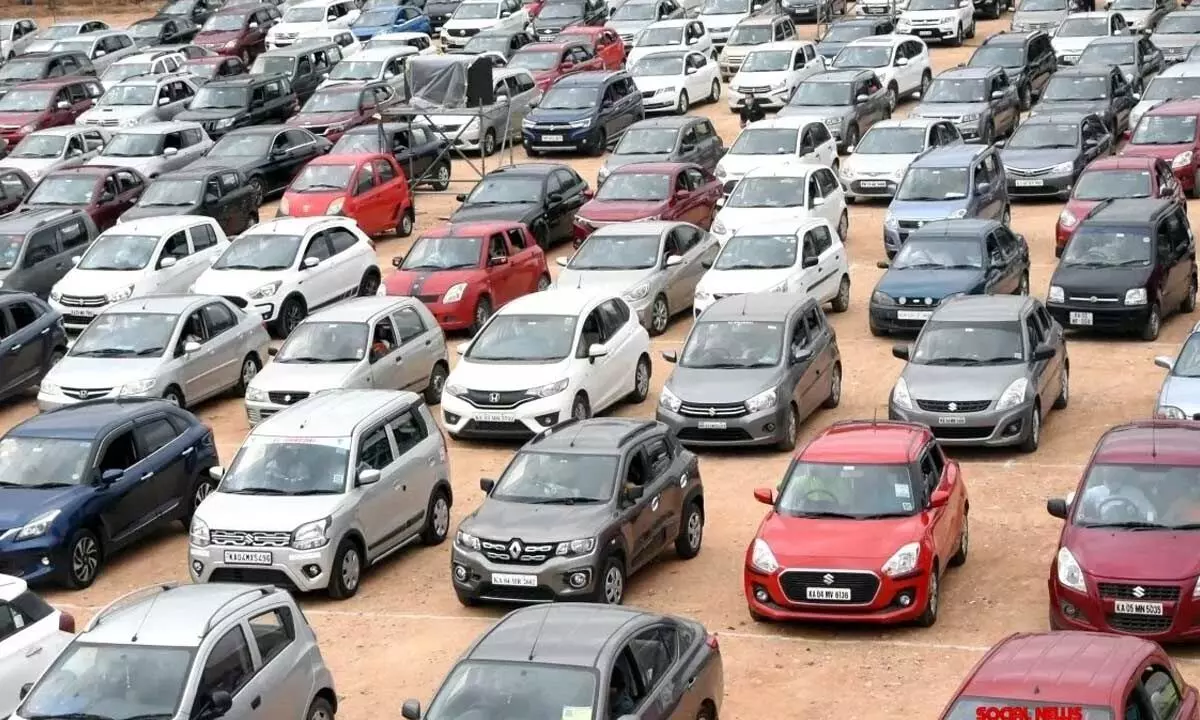
Steel demand in India will continue to outpace other major steel-consuming economies in calendar year 2025 with a growth of 8-9 per cent, driven by a shift towards steel-intensive construction in the housing and infrastructure sectors along with better demand from engineering, packaging and other segments, according to rating agency CRISIL’s report on Wednesday.
In 2024, the demand for steel is estimated to increase to 11 per cent in India, 5.6 per cent in Brazil even while the global steel demand is estimated to have declined by about 1 per cent, the report said.
Demand in China, the largest steel producer and consumer, declined 3.5 per cent, led by declining steel demand from the real estate sector, despite conducive policy changes and the release of support packages.
Steel demand from Europe, Japan and the US also logged an estimated demand degrowth of 2-3 per cent. However, demand growth in developing economies such as India and Brazil kept global demand from declining steeply, the report pointed out.
In 2025, India will continue to lead the pack in terms of demand while global steel demand is expected to inch up by 0.5-1.5 per cent on the back of easing financing conditions and pent-up demand from some key steel-consuming economies, which will support manufacturing activities. An anticipated recovery in residential construction in economies such as the EU, US and Korea in line with the easing of financing conditions will support growth, too, the report further states.
However, the domestic supply of steel in India remains a point of concern, the report added.
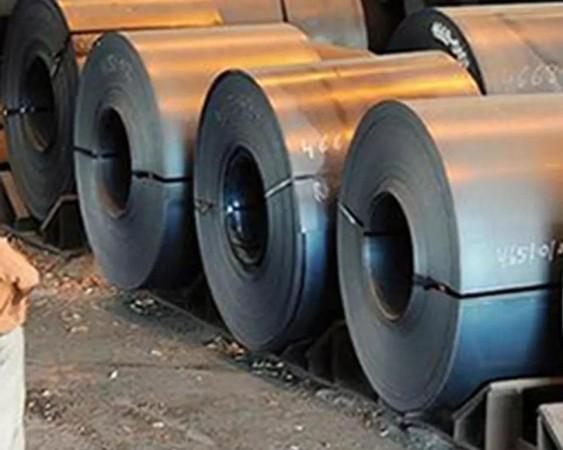
Sehul Bhatt, Director-Research at CRISIL Market Intelligence and Analytics, said, “In 2024, supply growth from India’s mills was benign at 5.2 per cent, with extended periods of planned and maintenance shutdowns. Aggregate crude production by the top seven players increased 0.05 per cent, while finished steel production increased 0.5 per cent. However, crude and finished steel production from medium and small players increased 14 per cent and 11.3 per cent, highlighting the consistent demand growth from long steel end-users.”
Competitive imports and a decline in exports also played a role in weaker production growth in 2024. While finished steel imports increased 24.5 per cent, exports declined 6.4 per cent, leading to additional availability of 3.2 million tonnes of finished steel apart from domestic production. This additional material availability accounted for around 2 per cent of the total finished steel demand, the report said.
It also points out that finished steel imports from all key exporters to India have increased significantly in the past few years. For instance, between 2022 and 2024, while finished steel imports from China increased 2.4-fold, the import of hot rolled coils jumped 28-fold.
Similarly, the overall finished steel import from Japan increased 2.8-fold in 2024 from the base of 2022, while HRC imports increased 16.6-fold and finished steel imports from Vietnam increased eight-fold.
Domestic steel prices, meanwhile, declined in 2024, impacted by additional material availability due to an increase in net imports. HRC prices declined 9 per cent and CRC prices declined 7 per cent, thereby slowing the topline growth of domestic mills, it said.
However, falling coking coal prices, along with low volatility, have helped reduce margin pressure somewhat. Coking coal spot price for the Premium Low Volatility grade, Australia-origin, declined 12 per cent in 2024, whereas iron ore prices are estimated to have increased by 9-10 per cent during the period. Notably, China HRC export prices declined 12 per cent in 2024 and are still trading at a discount to domestic mill prices, it said.
The report said: “The imposition of a safeguard duty proposed by the industry could be a positive here. Assuming it is implemented by the end of February, steel prices in 2025 would be much higher than 2024, with the impact more prominent in the first half.”
(With inputs from IANS)

